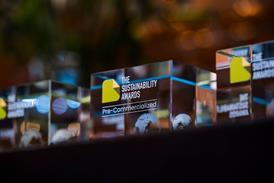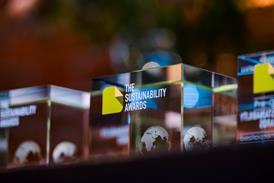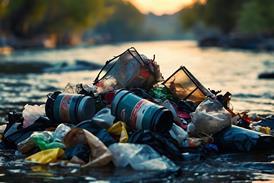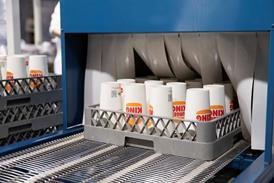Skincare line offers bottles and refill cartridges with Eastman copolymer

Eastman’s Tritan copolyester has been implemented into a reusable primary pack and refillable cartridges for FANCL’s new skincare line; this is hoped to help reduce single-use plastic waste in the cosmetics sector.
ALREADY A REGISTERED USER? SIGN IN now
Subscribe (for free) to read this article
Become a subscriber to read this story, as well as other exclusive articles and interviews. The process is entirely free and takes no time at all.





